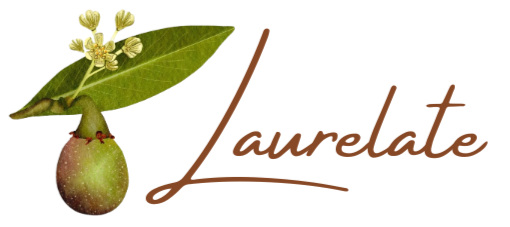Native Agroforestry
Forest Management
The mechanism of seed collection
Harvesting the seeds of the California Bay Laurel aids in managing forest health and mitigating fire risk. By removing these seeds, we effectively limit the proliferation of younger, shrub-like bay trees that often sprout densely and compete aggressively with established trees for resources. This competition stresses older trees, making them more susceptible to diseases and pests.
Younger bay trees are known to harbor and spread plant pathogens. The dense understory facilitates the transmission of soil-borne diseases, as pathogens can easily transfer from the low-lying leaves of young bay trees to other susceptible species. By thinning out these young trees through seed harvesting, we reduce the potential hosts for pathogens, thereby controlling their spread. This is particularly critical for managing the spread of Phytophthora ramorum, the pathogen responsible for sudden oak death. This disease proliferates in dense undergrowth, and by reducing such growth, we limit potential hosts, thereby bolstering forest health.


Wildfire Management
Harvesting the seeds of the California Bay Laurel establishes shaded fuel breaks in California forests. By preventing the germination of these seeds, we reduce the formation of dense thickets of young, shrub-like bay trees. These thickets can act as ladder fuels, which facilitate the spread of fire from the forest floor into the tree canopy, dramatically increasing the intensity and reach of wildfires.
The reduction of these dense, shrub-like bay trees plays a significant role in wildfire management. Shaded fuel breaks effectively reduce the density of potential fire fuels while maintaining a sufficient canopy to regulate microclimate conditions. This strategic reduction in understory growth ensures that fires, if they occur, are less likely to move vertically into the tree canopy, protecting mature trees and reducing the overall fire severity.
Dog Friendly
Laurelate does not contain theobromine, which is the alkaloid in cacao that makes chocolate poisonous to dogs and other canines. Coyotes, the wild cousin of dogs, consume bay nuts in native Californian ecosystems.*
*The toxicity of bay nuts to dogs has not been conclusively studied or tested. Owners should exercise their own judgment and consult with a veterinarian before allowing pets to ingest any substances of uncertain safety.

Take Part in the
Native Agroforestry
Movement
Native Agroforestry is a movement that emphasizes the preservation of endemic species, removing invasive species to give space for the plants and animals that existed in a region pre-colonization.
Through our nonprofit partner, The Wild Harvest and Restoration Fund (WHARF), we reinvest in lands to remove invasive plants to make space for native plants and animals.
.png)
